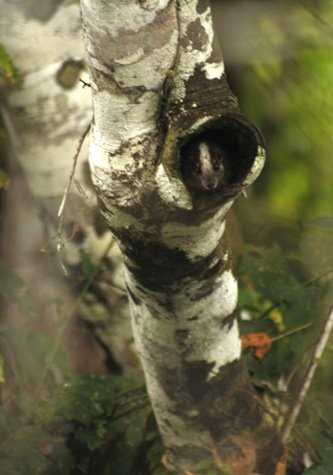After an optional wake-up knock at six, we headed for our delicious breakfast. Happy and with our bellies full, we then disembarked at a fish farm that has become a protected park, with boardwalk trails and a series of bridges suspended in the trees. We then boarded small wooden catamarans with no other engines but for guests’ rowing force, so using local wooden paddles we crossed a small lagoon, with the help and merry encouragement of our naturalist guides. We wanted to hike for two-and-a-half miles along a “terra firma” area. Our local naturalist guides made several stops to indulge us with the complex ecology of the rain forest. They explained to us the two layers a typical rain forest has: the ground layer with grasses, seedlings, shrubs and small trees, and the top one or canopy, identified at the very top of the tree layer. Most species that live there are exclusive to that layer and never visit the floor. They are very different as only five percent of the sun’s light that heats the canopy reaches the lower part.
As the rain is receding, all river water levels are decreasing, as it clearly seen by the watermarks on most of the trees along the shores. This makes it possible to explore deeper with our skiffs. After we walked along the swinging liana bridges and enjoyed the spiders and other creatures that live there, we learned about the rubber tree, and the economy that supported for some thirty years in the Peruvian jungle in the early nineteen hundreds. The rubber tapers were remembered as very bad and cruel people…and today nobody plants rubber trees in the jungle.
After lunch, with a typical Amazonas fish cooked in a leaf from the forest, we explored a small river branch aboard skiffs and also by kayak. We enjoyed the rich biodiversity, including squirrel monkeys, hawks, turtles, herons, white-winged swallows, green iguanas, sloths, parakeets, and many other creatures.
Our finally activity, after dinner, was the happy singing of millions of jungle creatures, that nicely sent us to sleep.







